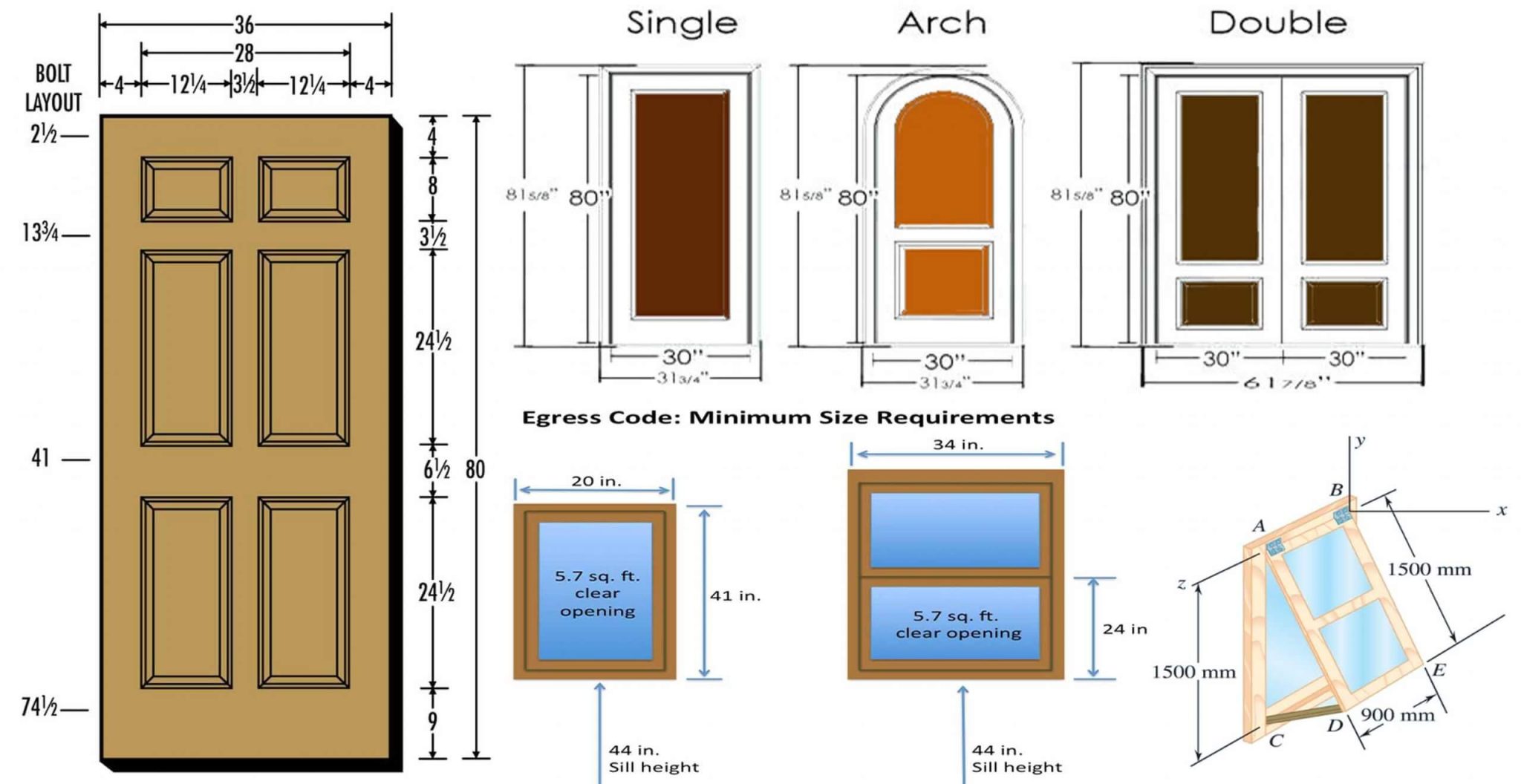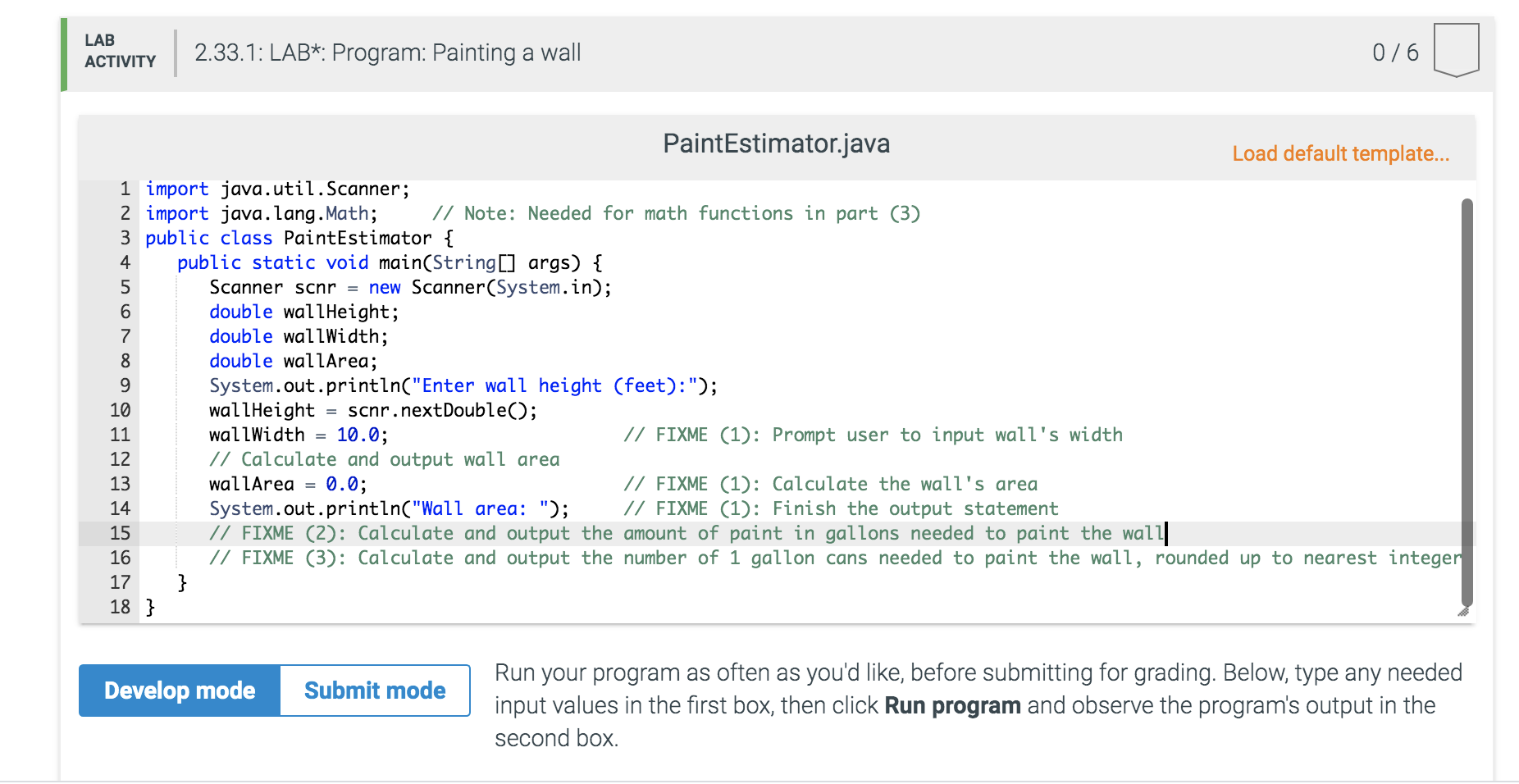Understanding the Dimensions

A 30 x 79 inch bedroom door is a common size, but it’s not necessarily the standard. Understanding its dimensions is crucial for making informed decisions about your home’s design and functionality.
30 x 79 bedroom door – The 30 x 79 inch measurement refers to the door’s width and height, respectively. A 30-inch wide door is considered standard for many bedroom doors, but the height of 79 inches might be a bit unusual. It’s important to note that door dimensions can vary slightly depending on the manufacturer and the style of the door.
Comparison to Standard Sizes
The standard size for a bedroom door is generally 30 inches wide and 80 inches high. A 30 x 79 inch door is slightly shorter than the standard size, which might present some advantages and disadvantages.
- Advantages: A shorter door might be easier to install in homes with lower ceilings or in rooms where headroom is limited. It could also be a cost-effective option, as shorter doors might be less expensive than standard-sized doors.
- Disadvantages: A shorter door might feel cramped, especially for taller individuals. It could also be difficult to find replacement parts for a non-standard door, potentially leading to more complex repairs in the future.
Factors Influencing Door Choice
The choice of a 30 x 79 inch door can be influenced by various factors, including the size of the room, the style of the house, and accessibility needs.
- Room Size: A smaller door might be suitable for smaller bedrooms, as it takes up less space and can help to maintain a sense of openness.
- House Style: The style of the house can also play a role in door selection. For example, a traditional home might feature a 30 x 79 inch door, while a modern home might opt for a larger door.
- Accessibility Needs: A shorter door might be less accessible for individuals with mobility impairments. It’s important to consider the needs of all occupants when selecting a door size.
Exploring Door Styles and Materials: 30 X 79 Bedroom Door

Your bedroom door is more than just a barrier; it’s a key element in the overall aesthetic and functionality of your space. Choosing the right style and material can significantly impact the look and feel of your bedroom, creating a sense of privacy, warmth, or sophistication.
Bedroom Door Styles, 30 x 79 bedroom door
Choosing a door style for your bedroom involves considering your personal preferences, the existing décor, and the desired level of privacy. Here are some common door styles that are compatible with a 30 x 79 inch dimension:
- Panel Doors: These are the most common and versatile option, offering a classic look with varying panel configurations. They come in various designs, from simple raised panels to more intricate designs with multiple panels and moldings. They are readily available in various materials and finishes, making them a popular choice for bedrooms.
- Flush Doors: These doors have a flat, smooth surface, providing a modern and minimalist look. They are often used in contemporary homes and are ideal for creating a clean and uncluttered aesthetic. They can also be easily painted or stained to match the existing décor.
- French Doors: These doors are made of two panels that swing inward or outward, offering a sense of grandeur and elegance. They are often used in bedrooms with access to balconies or patios, allowing natural light to flood the room. French doors can be made of various materials, including wood, glass, and metal, and are available in a wide range of styles.
- Bi-Fold Doors: These doors are hinged in the middle and fold in half, making them ideal for smaller bedrooms or spaces where space is limited. They are often used as closet doors or room dividers and can be made of various materials, including wood, vinyl, and composite materials.
- Sliding Doors: These doors slide along a track, saving space and offering a modern aesthetic. They are often used in contemporary bedrooms and can be made of various materials, including wood, glass, and metal.
Bedroom Door Materials
The material of your bedroom door can significantly impact its durability, appearance, and cost. Here are some common materials used for bedroom doors:
- Wood: Wood is a classic and timeless material for bedroom doors, offering warmth, natural beauty, and durability. It can be stained or painted to match the existing décor and can be customized with intricate carvings or moldings. However, wood doors can be expensive and require regular maintenance to prevent warping or damage.
- Fiberglass: Fiberglass doors are a popular choice for their durability, moisture resistance, and affordability. They are available in various styles and finishes, mimicking the look of wood without the high maintenance requirements. Fiberglass doors are also a good choice for areas prone to moisture, such as bathrooms or kitchens.
- Steel: Steel doors are known for their strength and durability, making them a good choice for security purposes. They are also fire-resistant and can be easily painted or coated to match the existing décor. However, steel doors can be prone to dents and scratches and may not offer the same aesthetic appeal as wood or fiberglass doors.
- Composite Doors: Composite doors are made of a combination of materials, such as wood, fiberglass, and foam core, offering the best of both worlds. They are durable, moisture-resistant, and energy-efficient, making them a good choice for both aesthetic and functional reasons. Composite doors are also available in a wide range of styles and finishes.
Installation and Considerations

Installing a 30 x 79 inch bedroom door requires careful planning and execution to ensure a secure and functional installation. This process involves various steps, each demanding precision and attention to detail.
Door Framing
Proper door framing is crucial for a successful installation. The frame acts as the foundation for the door, providing structural support and ensuring proper alignment. A well-constructed frame guarantees a smooth-operating door and prevents issues like sticking or uneven gaps.
A well-constructed frame guarantees a smooth-operating door and prevents issues like sticking or uneven gaps.
Step-by-Step Installation Guide
- Prepare the Opening: Measure the existing opening to ensure it accommodates the 30 x 79 inch door. Adjust the opening as needed, ensuring it’s level and square.
- Install the Jambs: Position the jambs (vertical sides of the frame) within the opening, ensuring they are plumb and level. Secure them to the wall using screws or nails.
- Install the Header: Install the header (top of the frame) above the jambs, ensuring it’s level and flush with the jambs. Secure it to the wall using screws or nails.
- Install the Door: Hang the door on the hinges, ensuring it’s aligned with the jambs and swings freely.
- Install the Strike Plate: Install the strike plate on the jamb, ensuring it’s aligned with the latch on the door.
- Install the Door Handle: Install the door handle on the door, ensuring it’s secure and functions properly.
- Final Adjustments: Make any necessary adjustments to ensure the door swings freely and closes securely.
Potential Issues and Solutions
- Uneven Opening: If the opening is uneven, the door will not hang properly. Use shims to level the jambs and header before securing them to the wall.
- Sticking Door: A sticking door is often caused by a misaligned frame or door. Adjust the jambs or header to ensure the door swings freely.
- Gaps Around the Door: Gaps around the door can be caused by a poorly fitted frame or door. Use weatherstripping or caulk to seal any gaps.
